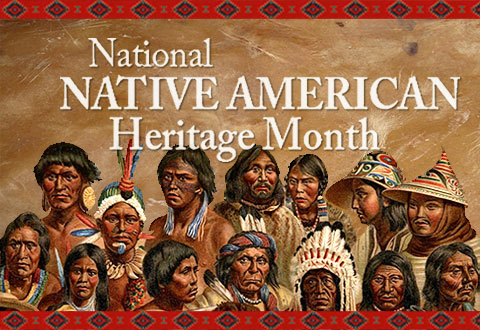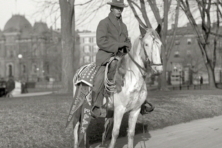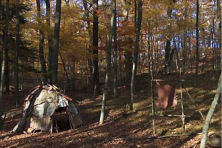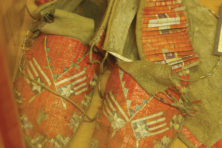By the Numbers: Native American Heritage Month
- Share
- Tweet
- Pin
- Share

In honor of Native American Heritage Month we look at some numbers on the American Indian and Alaska Native population.
4
The number of states that celebrate Native American Day in place of Columbus Day. Those states are Alaska, Minnesota, South Dakota and Vermont. South Dakota was the first state to recognize the day as a replacement for Columbus Day. That happened with a 1989 proclamation that declared 1990 as the Year of Reconciliation between Native Americans and whites. Wisconsin Rep. David Bowen of Milwaukee re-introduced a bill this fall that would recognize Columbus Day as Wisconsin Indigenous Peoples Day. California has recognized American Indian Day since 1968 when then-Gov. Ronald Reagan signed a resolution calling for it to be held the fourth Friday in September. In 1998, the California Assembly declared Native American Day an official state holiday.
11
The number of federally recognized tribes in Wisconsin – Bad River Band of Lake Superior Chippewa, Ho-Chunk Nation, Lac Courte Oreilles Band of Lake Superior Chippewa, Lac du Flambeau Band of Lake Superior Chippewa, Menominee Tribe of Wisconsin, Oneida Nation, Forest County Potawatomi, Red Cliff Band of Lake Superior Chippewa, St. Croix Chippewa, Sokaogon Chippewa (Mole Lake) and Stockbridge-Munsee.
24
The number of states the Blackfoot Indian Red Fox James visited to gain endorsements for a day to honor Indians. On Dec. 14, 1915, he presented the 24 state endorsements to President Woodrow Wilson at the White House.
31.3
The median age for American Indians and Alaska Natives, compared to 37.3, the median age for the U.S. population as a whole.
324
The number of federally recognized American Indian reservations.
566
The number of federally recognized Indian tribes.
1916
The year the first American Indian Day was declared, for the second Saturday in May, by the Gov. Charles Whitman of New York.
1919
The year Illinois legislators enacted an American Indian Day, for the fourth Friday in September. In September of this year the Illinois General Assembly changed the name to Indigenous Peoples Day.
1924
The year Native Americans were recognized as citizens of the United States.
1990
The year President George H.W. Bush approved a resolution designating November as National American Indian Heritage Month.
$35,192
The median income of American Indian and Alaska Native households, compared to $50,502 for the nation as a whole.
53,358
The Native American population in Wisconsin, or 0.9 percent of the state total population. Of that number, 25 identify as Alaska Native.
689,320
The number of American Indians and Alaska Natives in California, making it the state with the largest population of natives. Oklahoma is second with 502,934 and Arizona is third with 346,380.
5.1 million
The nation’s population of American Indians and Alaska Natives, or 1.6 percent of the total population, according to the 2011 American Community Survey.
Source: Bureau of Indian Affairs, U.S. Census Bureau, Wisconsin Dept. of Health Services, nativeheritageproject.com, Wisconsin Public Radio.



